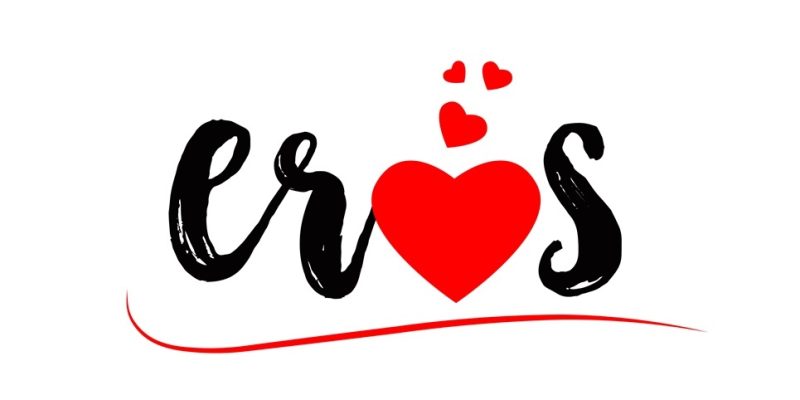
In the most common sense, a Dating Service or Matchmaking Service is an online or in-person business service that acts as an intermediary allowing people to meet each other for romantic outings, for a sexual relationship, or for marriage. Typically, the idea is to create an opportunity for people to get to know other people who have similar interests.
Nevertheless, Dating Services are not necessary only about romance, sex, or marriage. They can also have a more general social goal, such as finding companionship or a travel buddy, or just serve as a means to make friends.

Although most of these services today are so-called Online Dating Services (i.e. Internet Dating), that is, are available through the Internet via designated Apps or Websites, Dating Services have a long history before the advent of the Internet.
For instance, in the past, actual physical (that is in-person) agencies and bureaus would provide Dating Services by using questionnaires to create a personal profile and subsequently match individuals. People would go to the agency or call by phone and answer questions (against payment, of course), and subsequently the agency would try to find a matching person (i.e. matching profile), that is, someone with similar goals and interests. After having found a match, the agency would then bring the matching persons in touch with each other.
Today, things actually work about the same as in the past, with the big difference that the vast majority of Dating Services offer their matching services online, commonly without the human intervention of a “matchmaker,” but rather through automated processes, algorithms and software that match the digitally stored profiles of Dating Site members. In addition, a match between two individuals may result in meeting each other in-person, but the relationship can also stay platonic (online).
As for the costs of becoming a member/participant, some Dating Sites or Dating Apps are freely accessible and depend on advertising for their income, others offer free registration and a paid model for premium services, and again others only work with a paid membership model (usually charged through monthly subscription fees).

Mind that there’s also another type of “Dating Service,” which is not so much about finding a match based on mutual interests or coming to a more genuine intimate relationship. Think here of phenomena like Escort Services, Girlfriend Experience Services, Dinner Dating Services, or Travel Companion Services. The important difference with Dating Services as discussed in this chapter is that one pays the service provider (for instance, the chosen escort or travel companion) to deliver their service, while members of Dating Services pay a periodical subscription fee for the intermediary services of the Dating Service provider.
In any case, today there are an estimated 8,000+ Online Dating Services (websites and apps) available, among them many types of specialized Dating Services, such as for LGBTQ+ folks, people living in a certain region or city, Tantra lovers, BDSM aficionados, for people with a certain appearance, race, religion, or education, or even for individuals who want to cheat on their partner, and so on. One could say that the “sky is the limit” as for the types of Dating Services you can register for.
Nevertheless, due to its “virtual” nature, online dating has also brought quite some risks for the participants. For instance, not all Dating Services perform a thorough background check on their members, and it’s not uncommon that member profiles are falsified for illegal intentions such as rape, extortion, hate crimes, or robbery.

Setting up fake or artificial intelligence profiles created by Dating Services themselves is another occurrence, which may be used for advertising revenue purposes or simply to attract new paying members.
Another problem is that Online Dating Service databases are targets for hackers who breach database information in order to steal personal data from members. Personal data may be used as a means to discredit or blackmail members or it’s perhaps simply used to exploit credit card info, among other aims.
The practice of so-called “ghosting” is another phenomenon that has increased over the years. This is when a person suddenly severs all communication with another person without any explanation, while also ignoring any succeeding efforts from the “ghosted person” to communicate. Ghosting can be quite serious on the emotional level and is associated with adverse mental health effects for the person who is ghosted.
The complexities and risks of using Dating Services has become of such an extent that — ironically enough — you can now find businesses that offer “Dating Service workshops” aimed at helping (potential) members to understand the ins and outs of different types of Dating Services and teaching them how to work responsibly and safely with those.


















